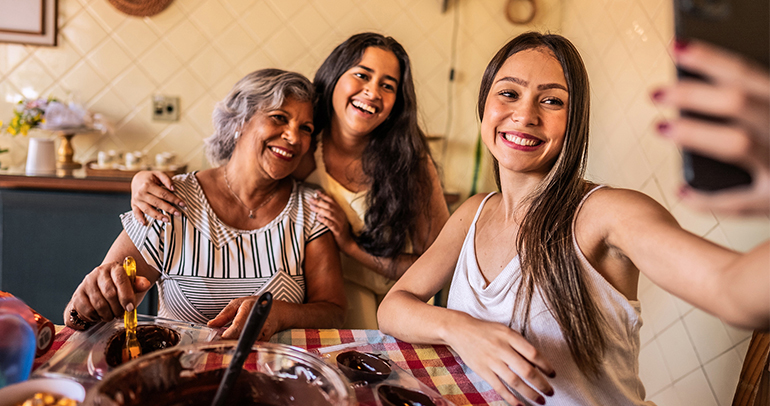
Thanks to the continued integration of apps in nearly every consumer experience, delivery service operators like DoorDash, GrubHub and Uber Eats were likely gearing up for a great year ahead as they laid out their plans in late 2019. Simultaneously, local bars and restaurants were seeing such services as growing “nice to have” revenue stream opportunities heading into the new year.
Of course, that feels like a lifetime ago.
Through the course of the global health pandemic caused by COVID-19, consumer habits—and the business operations to match—have shifted considerably to suit the “new normal” we all face. Few industries have been as drastically impacted as the restaurant business. From mandated shutdowns and slashed seating capacities to elevated consumer expectations for cleanliness and safety, many restaurants have rewritten their own rulebooks, knowing the future of their business counts on it.
Conversely, the growth food delivery service operators face has likely far outpaced even their wildest dreams. As much as they love eating out, many consumers are still uncomfortable with spending prolonged amounts of time in confined public spaces. Many have turned to delivery services to get their favorite restaurant fix thanks to just-fingertips-away convenience and the safety of contactless delivery. And that’s good news for the restaurant industry, because what was previously seen as strictly supplemental income may very well save a large number of American businesses from closing.
Escalent recently surveyed American consumers to understand just how frequently they’re making use of restaurant delivery services, which services they’re using, their plans for “post-pandemic” delivery usage and more.
According to the study:
- 17% of US consumers used restaurant delivery services in the month prior to the survey
- 21% of those ordering restaurant delivery were new users
- Consistent users indicated a 26% increase in use of these services
- 84% of restaurant delivery customers expect their usage will stay the same or increase through the three months following the survey
- 53% of restaurant delivery customers expect their usage will stay the same or increase after the impacts of the pandemic have subsided, defined as “a post-COVID-19 world when you feel comfortable going out or dining out without the fear of infection”
These are great signs for delivery services and restaurants alike, particularly with respect to retention in the near future. But, there’s room to grow and steps both groups can take to more closely meet customer expectations, which will drive continued usage and loyalty today and in the post-pandemic world.
To learn more about customer preferences regarding restaurant delivery services, including which services users prefer and what features drive satisfaction, read our white paper, What’s for Dinner? How Restaurants and Food Delivery Services Can Build Loyalty Beyond COVID-19.










